To determine what makes a Perfect Breasts in Dubai it is essential to first understand its anatomy. The breast is composed of glandular tissue, fat, connective tissue, and skin. Its shape, size, and contour are influenced by genetics, age, hormonal changes, and lifestyle. While everyone’s definition of perfection may vary, an ideal breast often exhibits a balance between volume, symmetry, and natural contour. Recognizing the underlying structure allows for a realistic perspective on what is naturally achievable.
Importance of Shape:
Shape plays a crucial role in defining aesthetic appeal. Commonly, the most aesthetically pleasing Beautiful woman’s Perfect Breasts look like (كيف يبدو الثدي المثالي) has a gentle slope from the upper chest to the nipple, with fullness at the lower pole. Round or teardrop shapes are generally considered ideal because they maintain a natural, youthful appearance. However, personal preference greatly affects what is considered perfect. Observing breast shapes in proportion to the body can provide insight into how balance and harmony contribute to perceived beauty.
The Role of Symmetry:
Symmetry is a key factor in breast aesthetics. While no pair of breasts is perfectly identical, a small difference in size or nipple position is normal. Perfect breasts are often visually balanced, where both sides complement each other and fit naturally with the body frame. Symmetry impacts clothing fit, posture, and overall confidence. Observing natural variations and how symmetry interacts with body proportions is essential when evaluating ideal breast appearance.
Volume and Proportion:
Volume and proportion are fundamental to what many consider the perfect breast. Ideal volume is not necessarily the largest but rather one that suits an individual’s body shape. A well-proportioned breast aligns with the torso, shoulders, and waist, creating a natural silhouette. Proportional breasts maintain a sense of elegance and prevent the appearance of heaviness or sagging. Understanding body-to-breast ratio helps in identifying a natural, attractive look that enhances overall physical harmony.
Position and Projection:
The position of the breast on the chest wall and its projection forward are crucial markers of aesthetic appeal. Ideal breasts sit high enough on the chest to convey youthfulness, with nipples pointing slightly outward rather than downward. Projection refers to how much the breast extends from the chest, which contributes to a balanced and flattering profile. Observing posture, chest shape, and breast projection provides valuable insight into what is visually considered perfect.
Skin Texture and Firmness:
Skin quality significantly affects the appearance of the Perfect Breasts (أجمل صدر امرأة). Smooth, firm, and evenly toned skin contributes to the perception of youth and beauty. Elasticity decreases naturally with age, affecting shape and firmness. Perfect breasts often have resilient skin that supports the underlying tissue without excessive sagging or wrinkling. Maintaining hydration, sun protection, and general skin care enhances overall appearance and can improve how breasts are perceived visually.
Nipple and Areola Considerations:
The nipple and areola play subtle but important roles in breast aesthetics. Ideal breasts feature nipples that are proportionate to the overall breast size and positioned symmetrically. Areola size varies widely, but proportionality with the breast contributes to an aesthetically pleasing look. Color, texture, and orientation are secondary but influential factors that impact visual harmony. Observing these features can help one understand the finer details of what makes a breast appear perfect.
Natural Variation and Personal Preference:
Finally, it is important to recognize that perfection is subjective. Natural variation, genetics, and personal preference all define what individuals consider ideal. While symmetry, proportion, shape, and position provide general guidelines, true beauty lies in a combination of characteristics that complement one’s body and style. Observing natural examples, understanding your preferences, and embracing body uniqueness allows for a realistic and confident perception of breast aesthetics.
Embracing Natural Variation:
Finally, it is essential to recognize that perfect breasts do not adhere to a single standard. Natural diversity in shape, size, and proportion is beautiful. The ideal breast is one that complements the wearer’s body, supports self-confidence, and aligns with personal aesthetic goals. Understanding anatomical principles and aesthetic guidelines helps individuals make informed decisions about enhancing or appreciating their natural shape, while emphasizing health and well-being above all.
Conclusion:
Understanding what makes the most beautiful Perfect Breasts (أجمل صدر امرأة) aesthetically ideal involves more than just focusing on size or shape—it’s about harmony, proportion, and natural appearance. Key elements such as shape, symmetry, volume, position, skin quality, and nipple-areola proportion all contribute to the overall perception of beauty. However, the concept of perfection is highly personal and varies according to individual preferences and body types. By appreciating natural variation and focusing on features that complement one’s body, anyone can develop a realistic and confident perspective on breast aesthetics. Ultimately, embracing individuality while keeping these guidelines in mind allows for a balanced and flattering appearance that enhances overall self-confidence and body image.


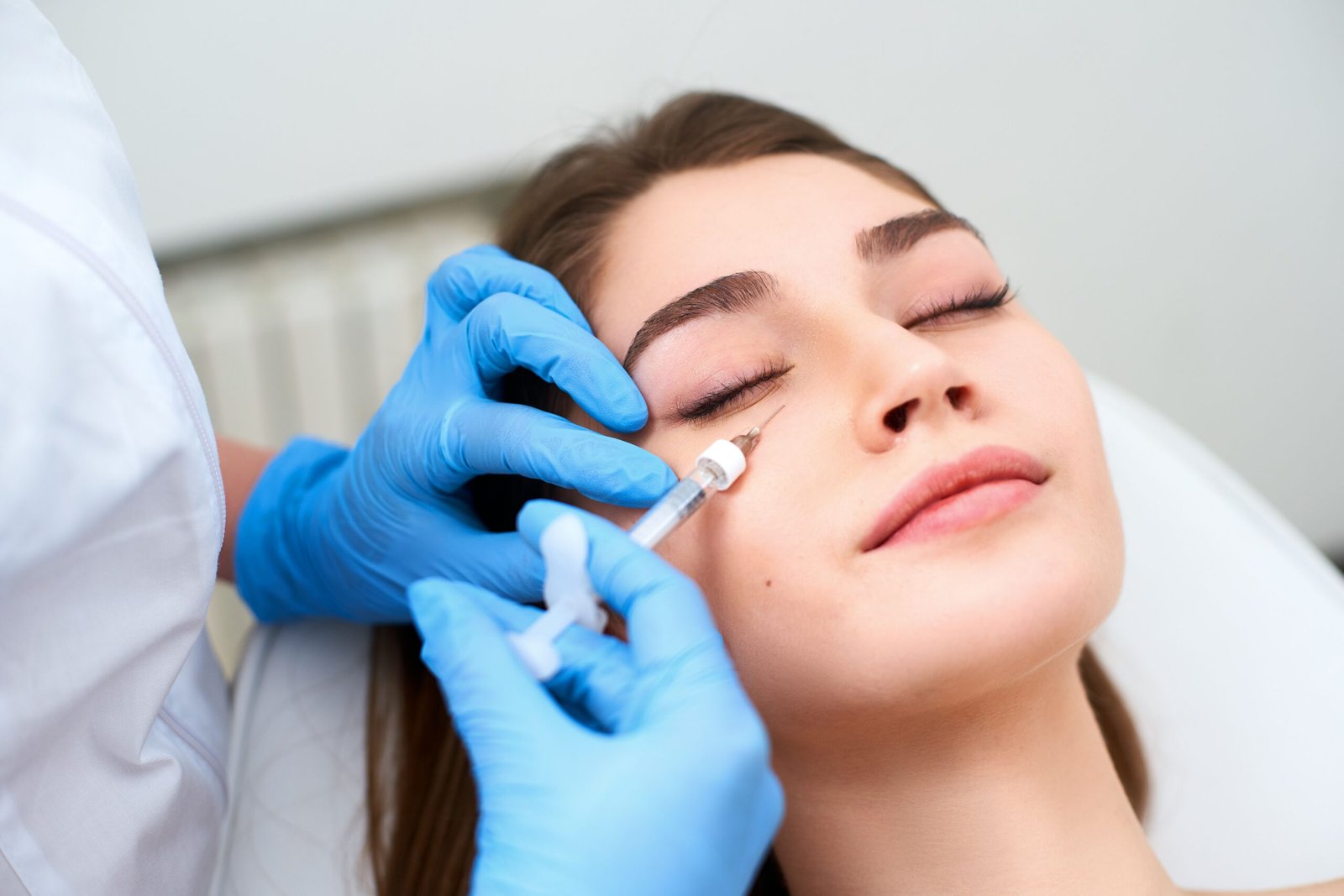
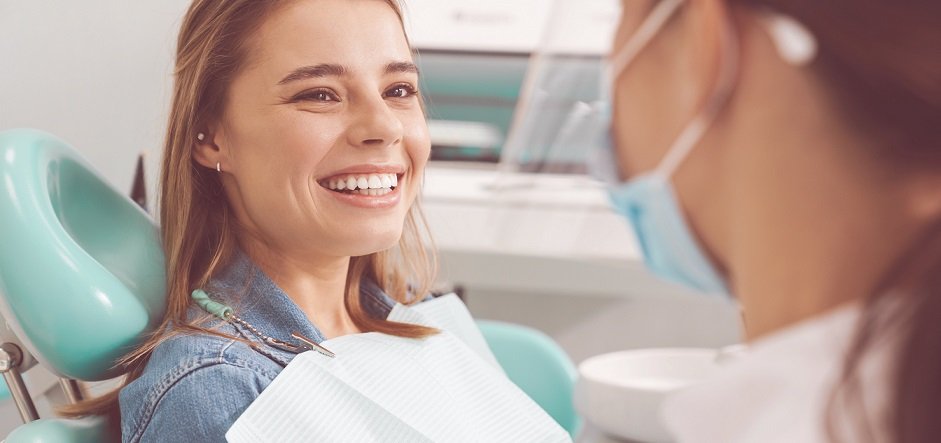
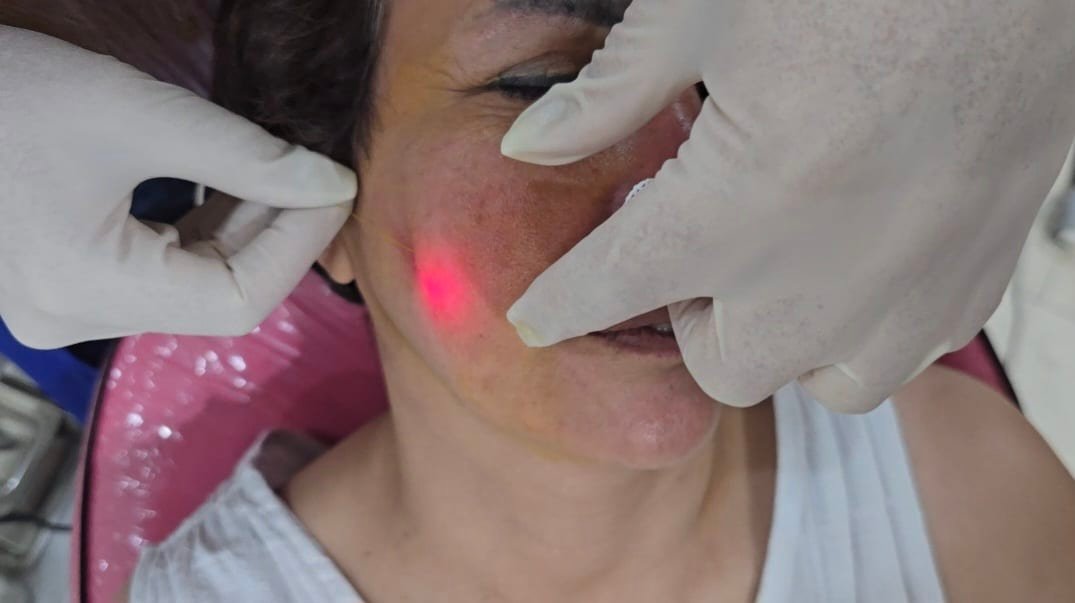
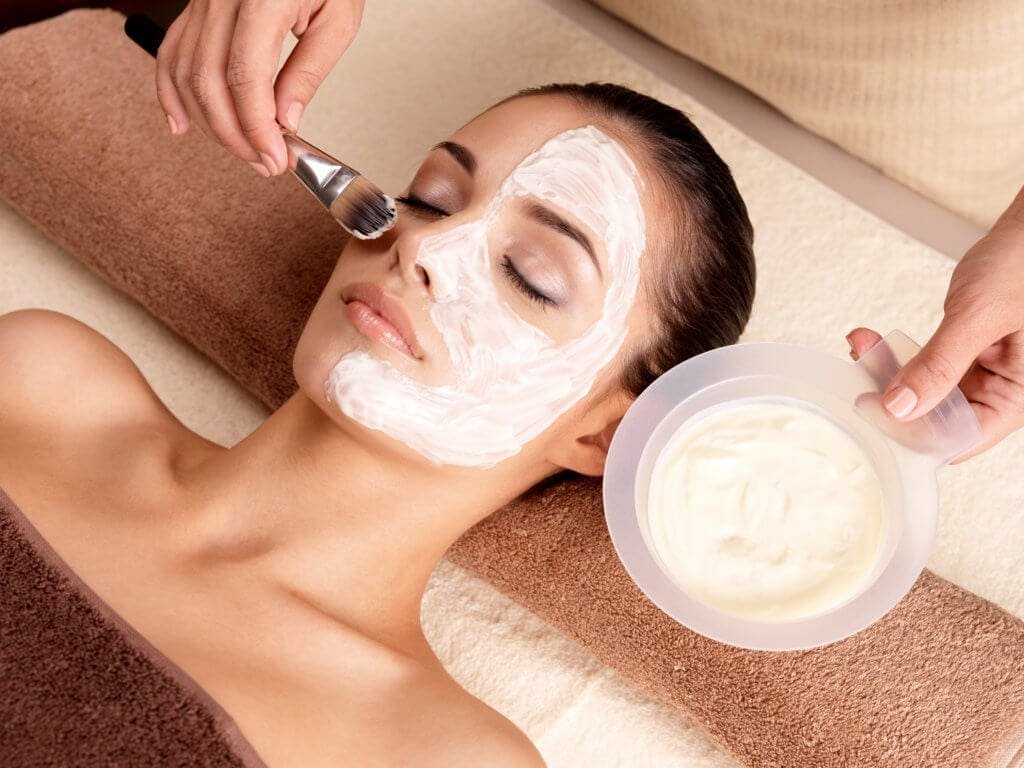
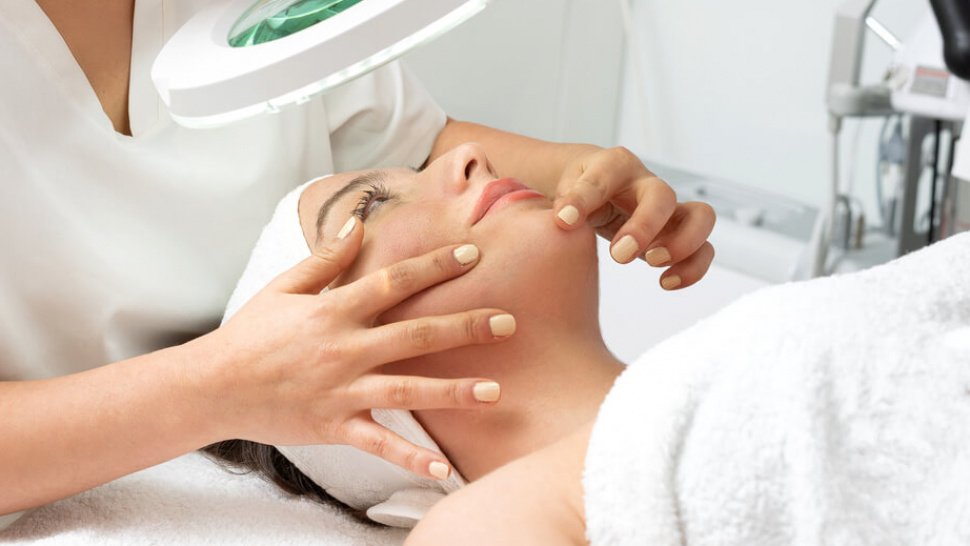
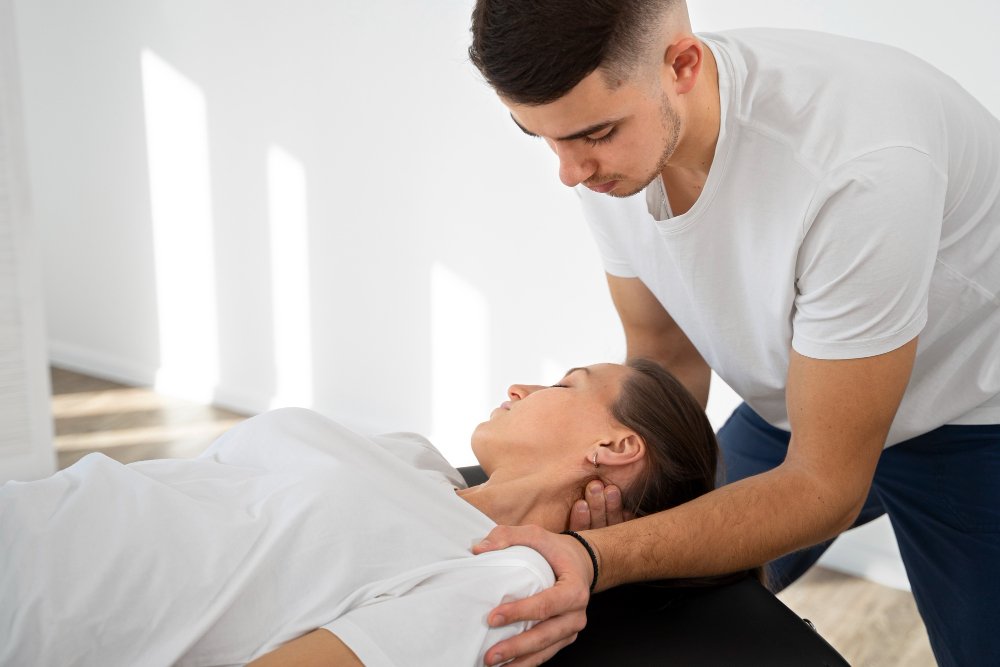
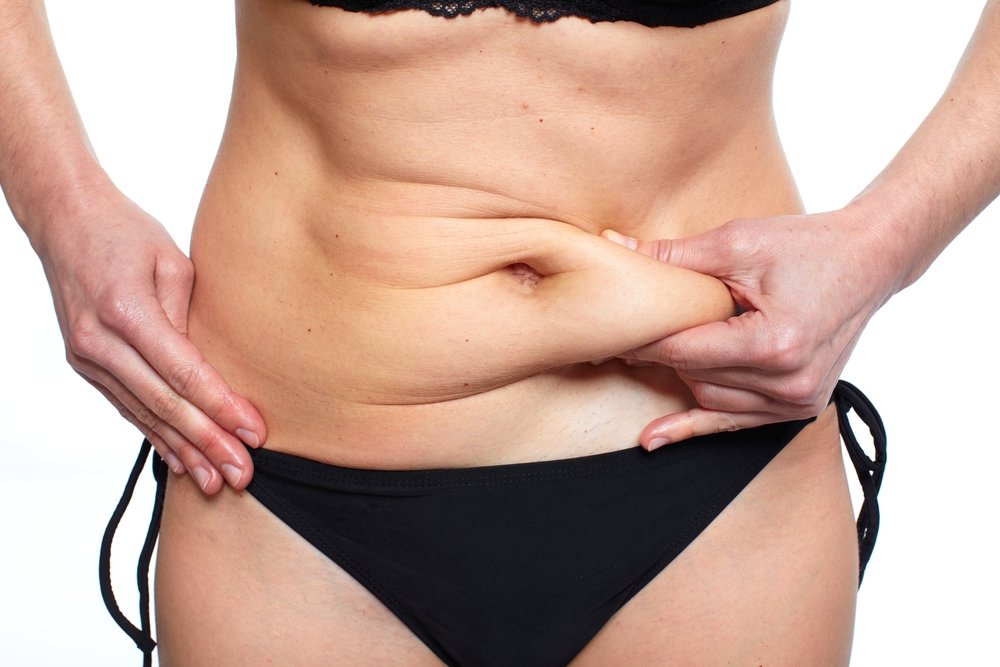
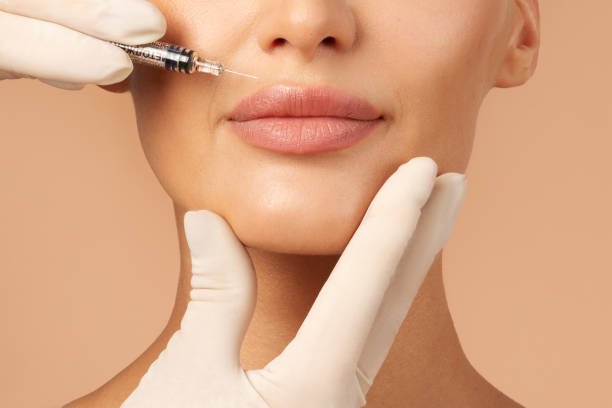

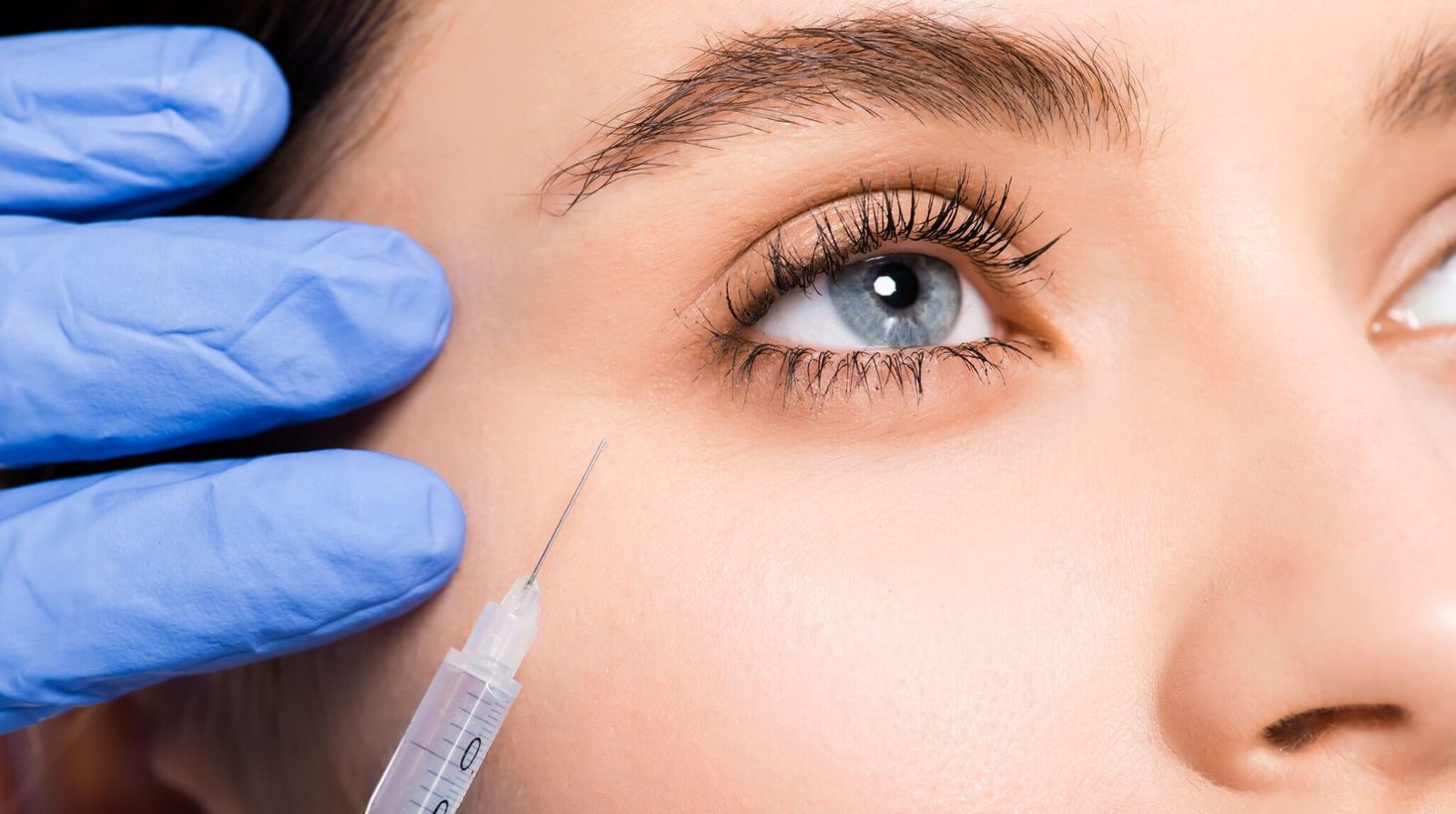




Leave a Reply